(70 products available)


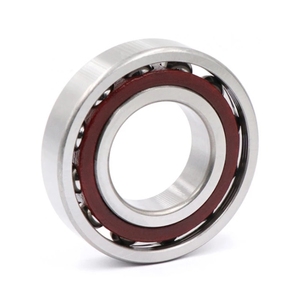



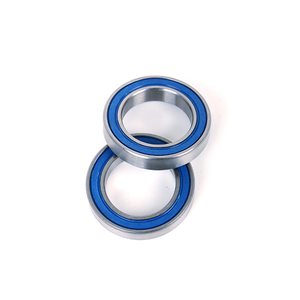
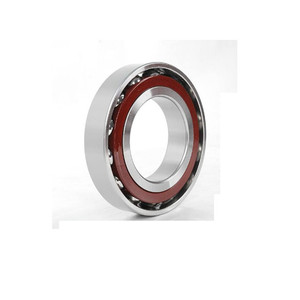













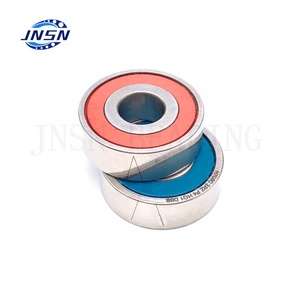
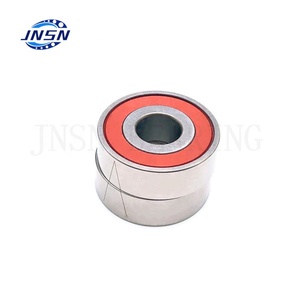
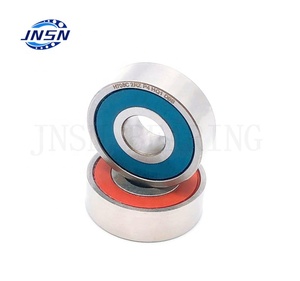


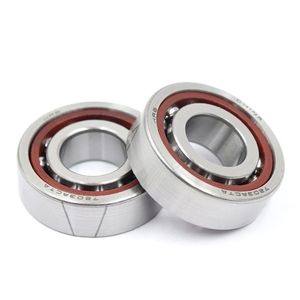








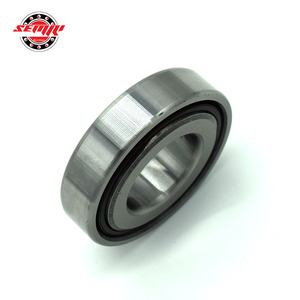
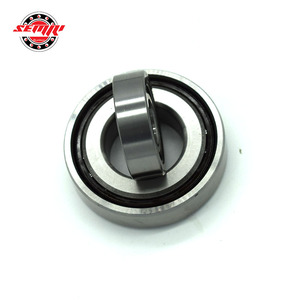













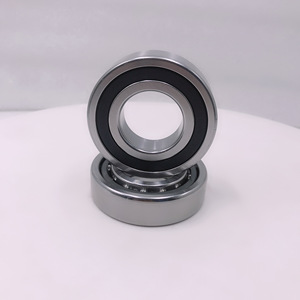






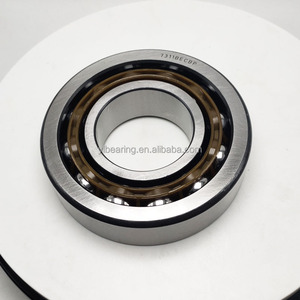



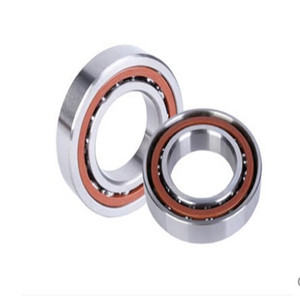














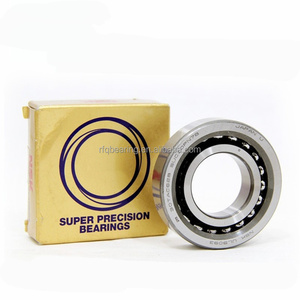
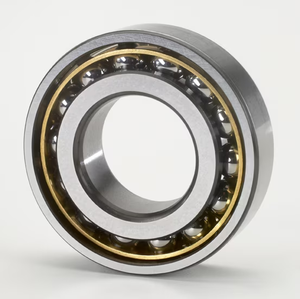

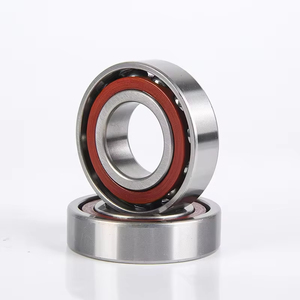



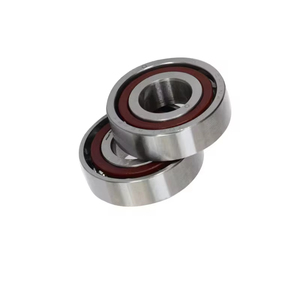


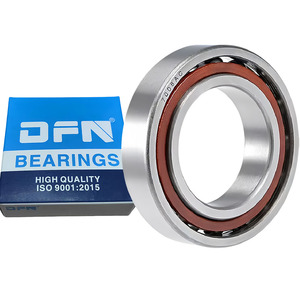

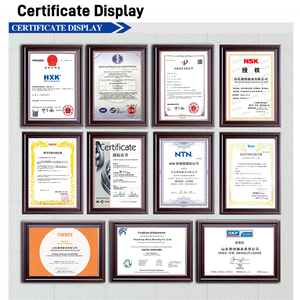










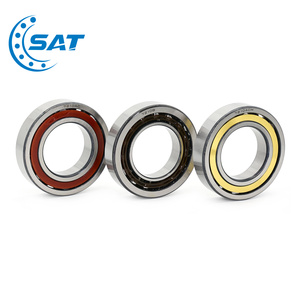
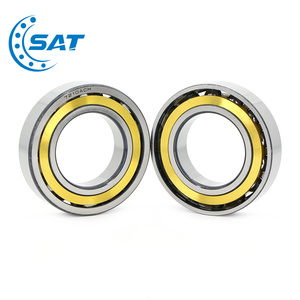
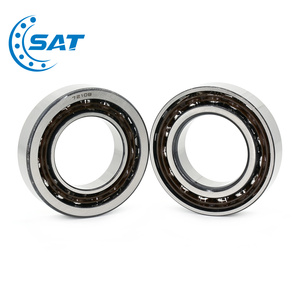











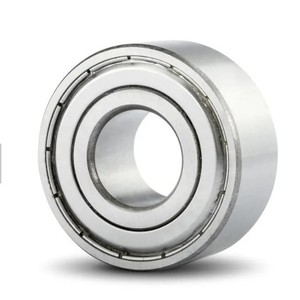
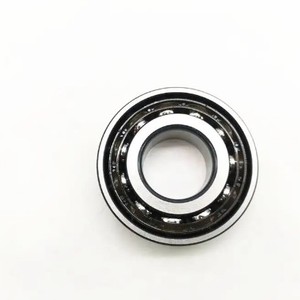





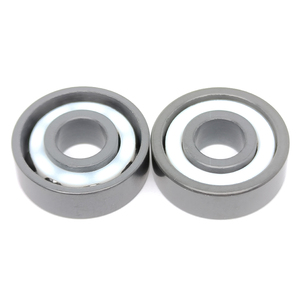

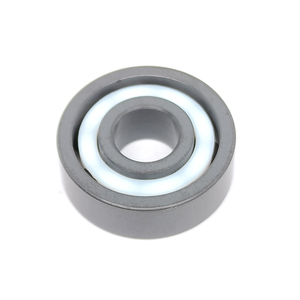









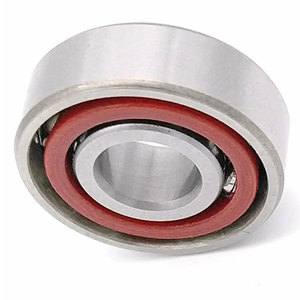


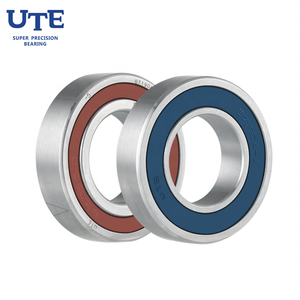
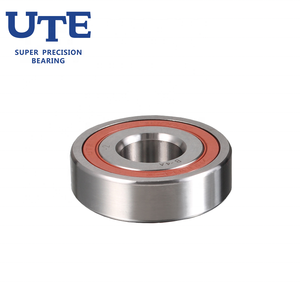
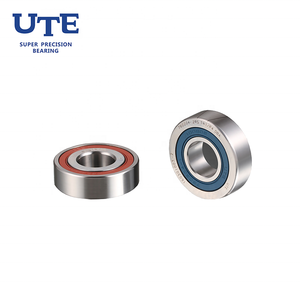
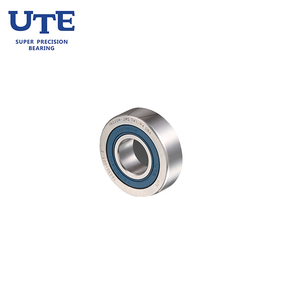





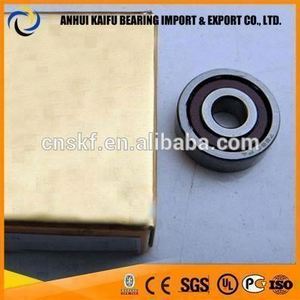




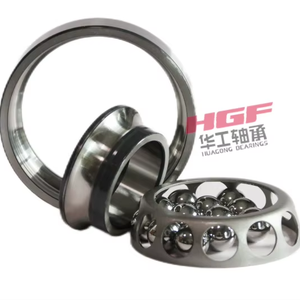




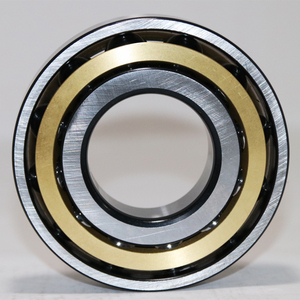


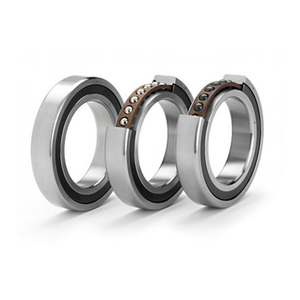
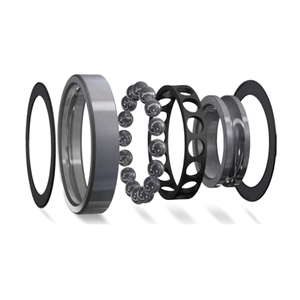




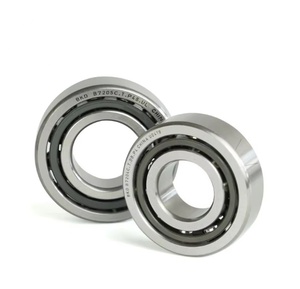


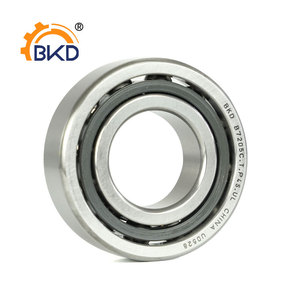


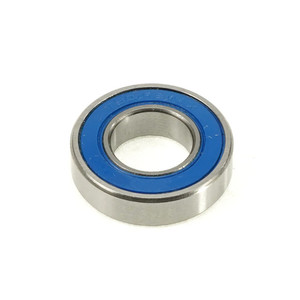






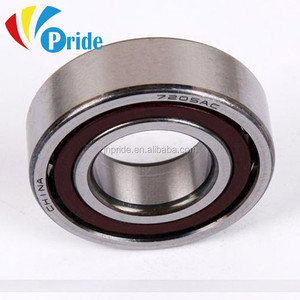

















The angular contact ball bearing 708c comes in various types. Their application depends on the arrangement and number of rows in the bearings.
A single-row angular contact ball bearing accommodates axial loads in one direction while supporting radial loads. Its groove raceway allows it to take on axial loads in one direction. The ball elements form an angle with the ball track. A common application is in machine tool spindles where high-speed operation with axial load tolerance is required.
Double-row angular contact ball bearings provide higher load-carrying capacity and greater stability compared to single-row types. By arranging two rows of balls, these bearings accommodate both radial and axial loads simultaneously from either direction. This makes them suitable for applications needing compact design and reliable alignment. Such applications include heavy machinery and elevators.
Multiple-row angular contact ball bearings have three or more rows of balls to distribute loads over a wider area. They are mainly used in applications requiring very high load capacities or in large machinery where space constraints limit the number of rows that can be used. Common industries include steel mills and cement plants. These places have heavy machinery with high load requirements.
Hybrid angular contact ball bearings incorporate ceramic balls instead of steel ones for lighter and more durable bearings. The ceramic balls are lighter. The material also has a higher resistance to wear and fatigue. This is especially when exposed to extreme temperatures, environments, or loads. Hybrid bearings are mainly applied in aerospace, high-speed motors, and vacuum equipment. These industries require bearings with light elements and increased thermal stability.
There are also 8mm angular contact ball bearings that suit different machines and equipment. Thus, they offer versatile solutions for managing different loads efficiently in numerous industrial applications.
The angular contact ball bearing 708 has a myriad of applications in both commercial and industrial settings. This is due to its ability to handle radial and axial loads at the same time. Below are some of these applications.
High-Speed Motors And Drives
Angular contact ball bearings are suitable for high-speed motors and drives due to their capacity to minimize friction. The double-row ball bearing helps in the functioning of electric motors by managing both radial and axial loads. This in return improves efficiency and extends the motor's lifespan.
Robotics
The 708C bearing is applied in robotic systems to enhance precision and control in movements. The bearing reduces friction for smoother motion. It also has excellent load-carrying capacity for diverse applications.
Medical Equipment
These are applied in medical devices like MRI machines and surgical robots. Their high precision and low noise levels are necessary for smooth and accurate operations, especially in sensitive procedures.
Optical Devices
For high-quality imaging in cameras and telescopes, angular contact ball bearings stabilize the lens and mirror systems. This allows accurate focusing and smooth zoom functions. The precise and smooth movements lead to high-quality images and troubleshooting minor discrepancies.
Aerospace Applications
In aerospace, the contact ball bearings are used for their ability to function at high speeds and withstand variable loads. The bearings are durable and lightweight, which makes them suitable for this space application.
Machine Tools
Most common applications for angular contact ball bearings are in machine tools spindles. They support heavy axial and radial loads while ensuring precision alignment. They also extend the operational life of the spindle, keeping high levels of accuracy in machining.
Industrial fans And Blowers
These ball bearings support rotors in industrial fans, ensuring they can bear axial loads and operate smoothly. Used in cooling systems, HVAC units, and dust control systems, they increase their efficiency and reliability.
Conveyor Systems
Angular contact ball bearings provide support and reduce friction in rollers and pulleys in conveyor systems. They allow the conveyors to operate smoothly while supporting both radial and axial loads from the conveyed materials. Thus increasing their durability and reliability in heavy-duty operations.
Hydraulic Systems
They are installed in pumps and valves in hydraulic systems. The bearings help manage the axial loads created by the system pressures. This bearing maintains operating efficiency while minimizing wear and tear. Thus ensuring the longevity of critical components.
Turbines and Generators
They also help in the generation of electrical power in wind turbines and generators. In turbines, they support the rotor shafts while managing heavy axial and radial loads. For generators, the bearings enable the rotor to spin freely, producing electricity without excessive wear found in other bearings.
Several factors come into play to consider for anyone when choosing the 719 angular contact ball bearings. They include axial or radial loads, speed, misalignment and inching, temperature, contamination, lubrication, application, environment, and compatibility.
These bearings are manufactured to accommodate combined loads. Thus, understanding the axial and radial load requirements of the application is paramount. Application load requirements can be easily supported by consulting product documentation or a qualified engineer. Acknowledging this factor makes certain that the suitable bearing is not replaced too soon or suffers failure from excessive loads.
Operating the bearing at its speed limit is consequential. Thus, select a bearing rated for the application's operating speed. Any excess in speed can generate excess heat and lead to premature bearing failure. Conversely, at low speeds, a different bearing type may be more suitable due to its design.
Some applications have shaft alignment challenges. In such cases, choosing a bearing with misalignment compensation capability is critical. For instance, spherical roller thrust bearings can tolerate some degree of misalignment, whereas cylindrical roller bearings have a low misalignment capacity. Hence, go for a bearing that will operate effectively under the application’s alignment conditions.
Inching in bearing terminology refers to the ability of a bearing to withstand occasional very slow rotations while under heavy load. It is a factor for bearings used in applications that may frequently have to be stopped in one position for long periods. Such applications are in cranes or rotary tables where the bearing has to hold a load in one position for long hours. The bearing should have good inching capability; otherwise, it will suffer brinelling or indentations on the rolling surfaces from the prolonged static load.
These bearings come with different heat and cold operating temperature tolerances. There are also heat and cold generating factors. They are the environment, the appliance itself, and the load. If the application operates beyond the bearing's temperature threshold, the bearing will fail without a cooling mechanism. Additionally, using bearings in applications that generate a lot of heat requires bearings with excellent heat resistance. They also come with a cooling system.
External condition may be contaminants, chemicals, or humidity affecting the bearing. These are among the factors affecting the lifespan of angular contact ball bearings. A sealed or shielded bearing will increase longevity for bearings used in contaminated environments. Nevertheless, a sealed bearing has higher friction than a lubricated one.
Proper lubrication is a crucial factor in bearing selection. The friction generated by axial contact bearings is quite low, which makes them easily worn out in applications with insufficient or improper lubrication. The kind of lubricant used and the method of applying it must be considered to ensure optimal bearing performance and lifespan. It must also be noted that they must be regularly lubricated to prolong their life span.
Different kinds of angular contact ball bearings have diverse designs. They all help to accommodate specific loads. For instance, a cylindrical roller thrust bearing design helps it accommodate axial loads, while a spherical roller thrust bearing design will help accommodate misalignment. Knowing the load types that will be supported is key to choosing the right bearing. Some bearings are also designed to accommodate specific shaft and housing dimensions. Bearing manufacturers provide the relevant dimension information. These measures bear them in mind when selecting the bearing.
A1: Angular contact ball bearings have inner and outer raceways inclined to each other. This enables the bearing to support axial loads in one direction apart from radial loads.
A2: The bearing’s contact angle is the angle formed with the horizontal by the ball when it is in contact with the raceway. It determines the load-carrying capacity of the bearing concerning axial loads. The greater the contact angle, the greater the bearing's capacity to support axial loads. It also will have more friction, though.
A3: The key benefits are they provide high precision and have a longer operational life. They have a simple design and are easy to install. They also operate efficiently under high speeds and heavy radial and axial loads.
A4: Angular contact ball bearings are used in machine tool spindles, electric motors, and pumps in industrial applications. They are also applied in high-precision equipment like robots, medical devices, and aerospace components.
A5: They uniquely support combined radial and axial loads due to their internal architecture. Other bearings usually support exclusively radial or axial loads. They are designed for high-precision applications where loads must be managed in two directions.
A6: Only a few specifically designed angular contact ball bearings can handle this. Most are engineered to manage axial loads in one direction. That is why it is always important to consult the product specifications before purchasing.